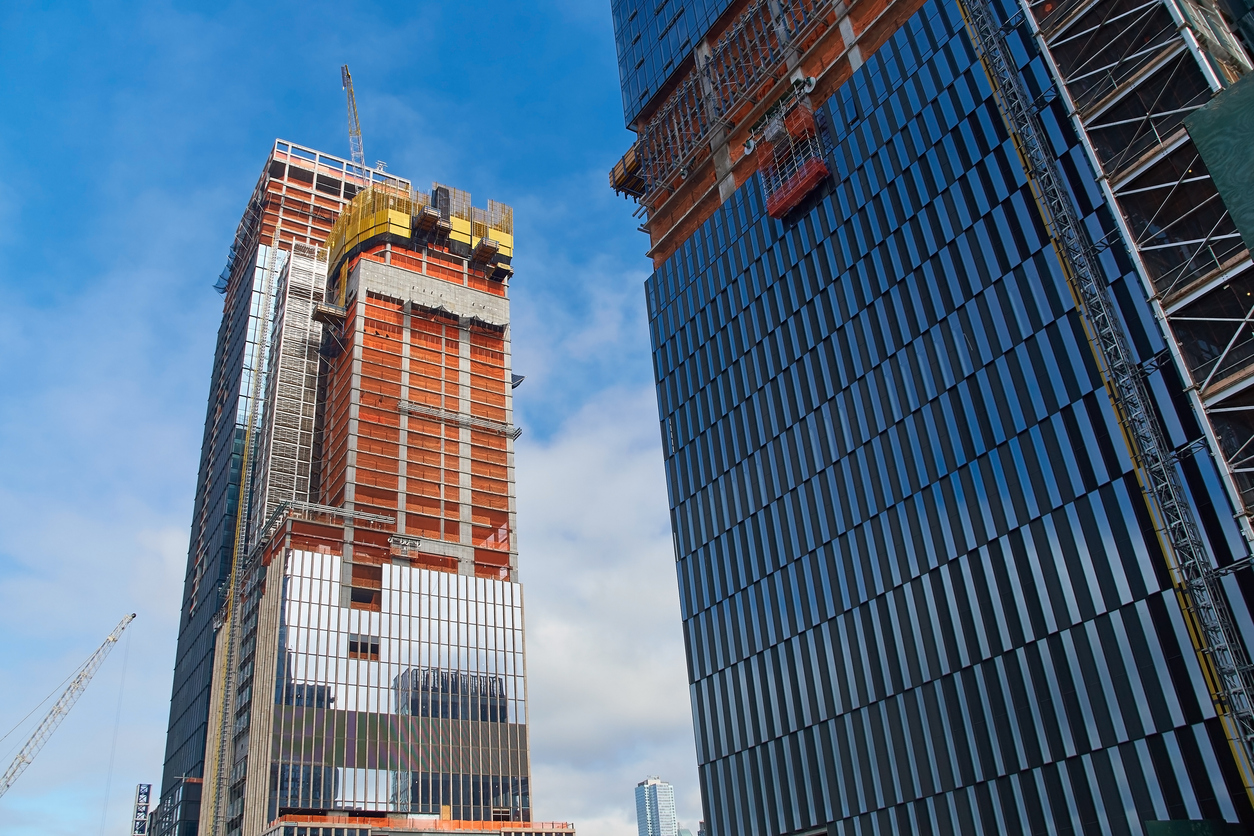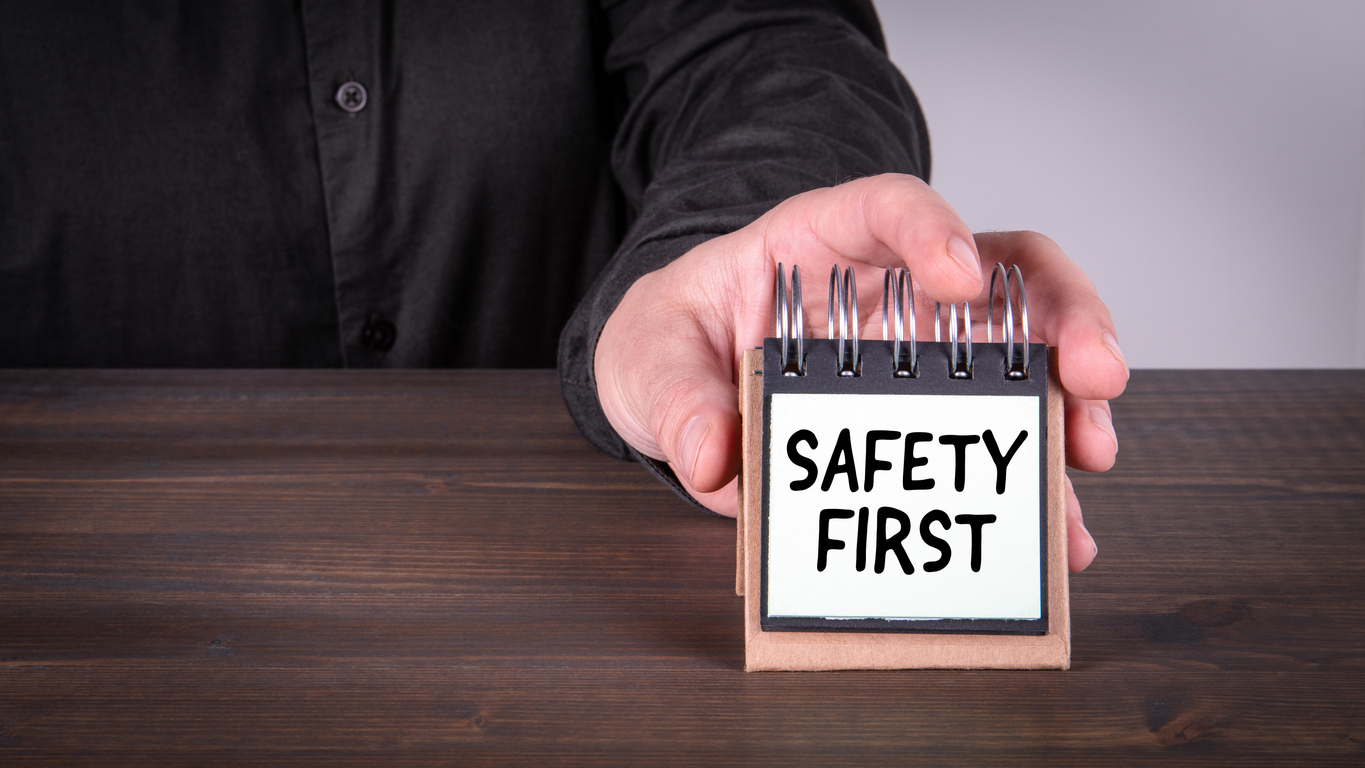Owning an abandoned building can be difficult, mainly when owners must prevent flooding when it rains to prevent further damage. But just how much risk do vacant buildings face for flooding? Also, what are the best methods to safeguard these empty buildings from flood damage?
Property owners should be aware of flood risks and take preventative measures to minimize potential damages and losses.
Property owners can protect their investments by getting the appropriate coverage, in this case, excess flood insurance. Commercial flood insurance may also be helpful if the building is used for business or rented out to tenants.
These insurance policies cover repair and replacement costs if a structure or its contents are lost or damaged due to a flood. In some cases, the coverage can be the owner’s only financial recourse if disaster strikes.
But insurance is beneficial only in the aftermath of an incident such as a flood. It is still necessary to take preventive measures to increase the property’s level of protection.
Methods to Prevent Flooding in the Vacant Building
Here are some tips to reduce the damage that a flood may cause to a vacant building:
Determine the Area’s Risk
Determining an area’s flood risk is crucial for minimizing flood damage. Owners should check FEMA’s Flood Map Center to determine if their building is in a known flood zone. It is wise to access the area’s “base flood elevation” (BFE) to gauge the structure’s risk of significant floods and prevent flooding.
Employ ‘Dry’ Flood-Proofing Strategies
“Dry flood-proofing” involves improving a building’s flood defenses. It includes methods such as fortifying doors and windows with watertight seals, using flood-resistant materials in renovation and construction and installing tarps, water barriers, and sandbags for use during floods. If necessary, owners can install flood walls around the property.
Raise the HVAC and Electrical Systems
HVAC and electrical systems are at incredibly high risk for flood damage. It is best to call an expert to evaluate the damages and install the HVAC on one of the building’s higher floors.
Seal All Cracks
Owners should eradicate cracks by sealing them and then reinforcing them with a waterproof coating. It will help cover every crack that has occurred over time due to natural wear and tear.
It is advisable to use high-quality polyurethane caulk for dealing with cracks. The application of waterproof coating can prevent flood leakage through the building’s lower exterior and basement walls.
Redirect Downspouts
Finally, it’s best to point all downspouts away from the building. It reduces the risk of water collecting at the structure’s foundation. It’s a simple measure, but it could pay off considerably in the long term.
Conclusion
Flood damage can be costly and devastating, even to a vacant building. Statistics released by the Federal Emergency Management Agency (FEMA) reveal that even an inch of water can cause as much as $25,000 worth of property damage.
But it is possible to avoid this. By taking the preventive measures outlined above and getting the appropriate insurance, owners of vacant buildings will hopefully be able to safeguard their properties against flood damage.
About Snyder Specialty
Snyder Specialty, LLC is a New York-based underwriting facility that provides a range of property and liability solutions for personal and commercial lines. Specializing in coastal properties and hard-to-place risks, Snyder Specialty expands your current capabilities with proven solutions for complex risks. Find out more about the company’s range of services by calling (718) 362-8039.



